Choosing the right parts washer depends on the specific cleaning needs of your parts and the industry you are in.
To choose a parts washing system, you need to consider several factors that align with your specific application and requirements.
Here are some types of parts washers that might suit your needs:
Self-contained units with a cabinet or enclosure where parts are loaded for cleaning. They are useful for environments where containment of cleaning solutions is necessary.
Offer an environmentally friendly method for cleaning parts. In these systems, parts are placed in a heated washer containing a pH-neutral solution with a colony of microorganisms that break down grime on the parts.
Designed for the continuous spray washing of constantly loaded parts on a corrugated conveyor belt, through an operator, a robot, the machine tool or directly integrated into the production line.
These involve submerging parts in a tank filled with a cleaning solution. They are suitable for parts that can be fully submerged and do not have complex geometries.
Designed for the manual washing of parts using a foot pedal regulated flow-through hand-held Brush powered by an aqueous solution. These washers can be sink top or clam shell with gloves.
Feature a rotating turntable or drum that holds the parts. As the turntable rotates, the parts come into contact with the cleaning solution, ensuring thorough coverage and cleaning of the parts' surfaces.
Utilize ultrasonic vibrations to create tiny bubbles in the cleaning solution, which agitate and dislodge contaminants from parts' surfaces. They are effective for cleaning intricate or delicate parts.
Important! Consider the type of parts you need to clean, their size, complexity, and the level of contamination.
Also, think about the industry standards and regulations you must adhere to when selecting a parts washer
An automatic spray jet wash system is a machine that uses high-pressure water jets to thoroughly clean items by automatically spraying them with a cleaning solution from multiple nozzles, typically on a rotating turntable, with minimal manual intervention, allowing for efficient cleaning of large quantities of parts or components in a controlled environment; essentially, it’s a mechanized cleaning process where water jets are directed at the items to be cleaned, often with automated controls for the cleaning cycle and solution delivery.
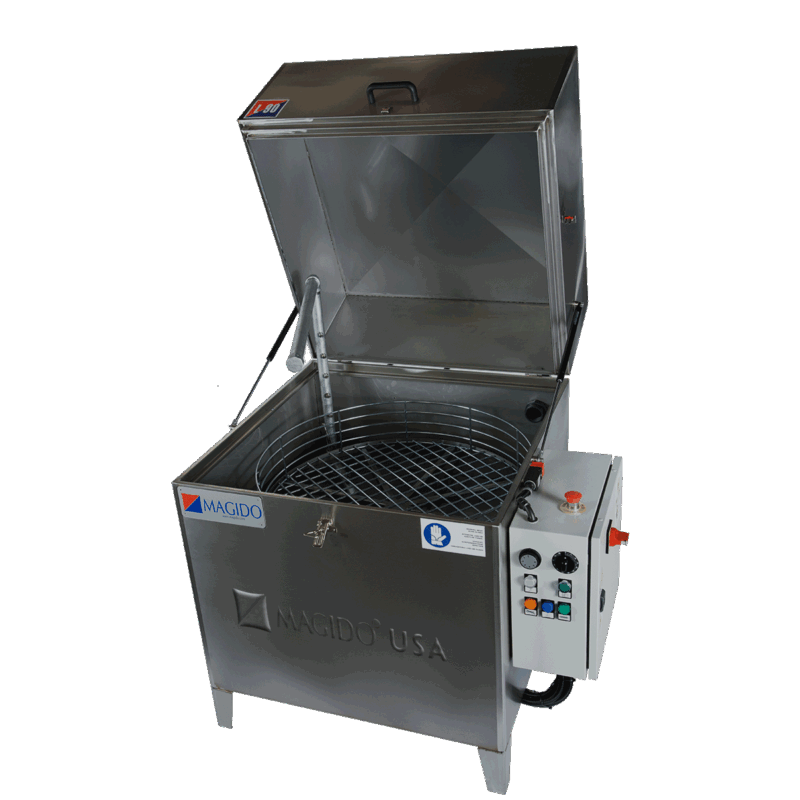
A manual parts washer is a cleaning system where a user manually cleans parts by hand, typically using a brush or spray nozzle, in a tank filled with a solvent or water-based cleaning solution to remove contaminants like grease, oil, and dirt, often used in industrial and automotive settings where parts need to be cleaned without automated processes; essentially, it’s a “sink-on-a-drum” with a brush for scrubbing parts manually.
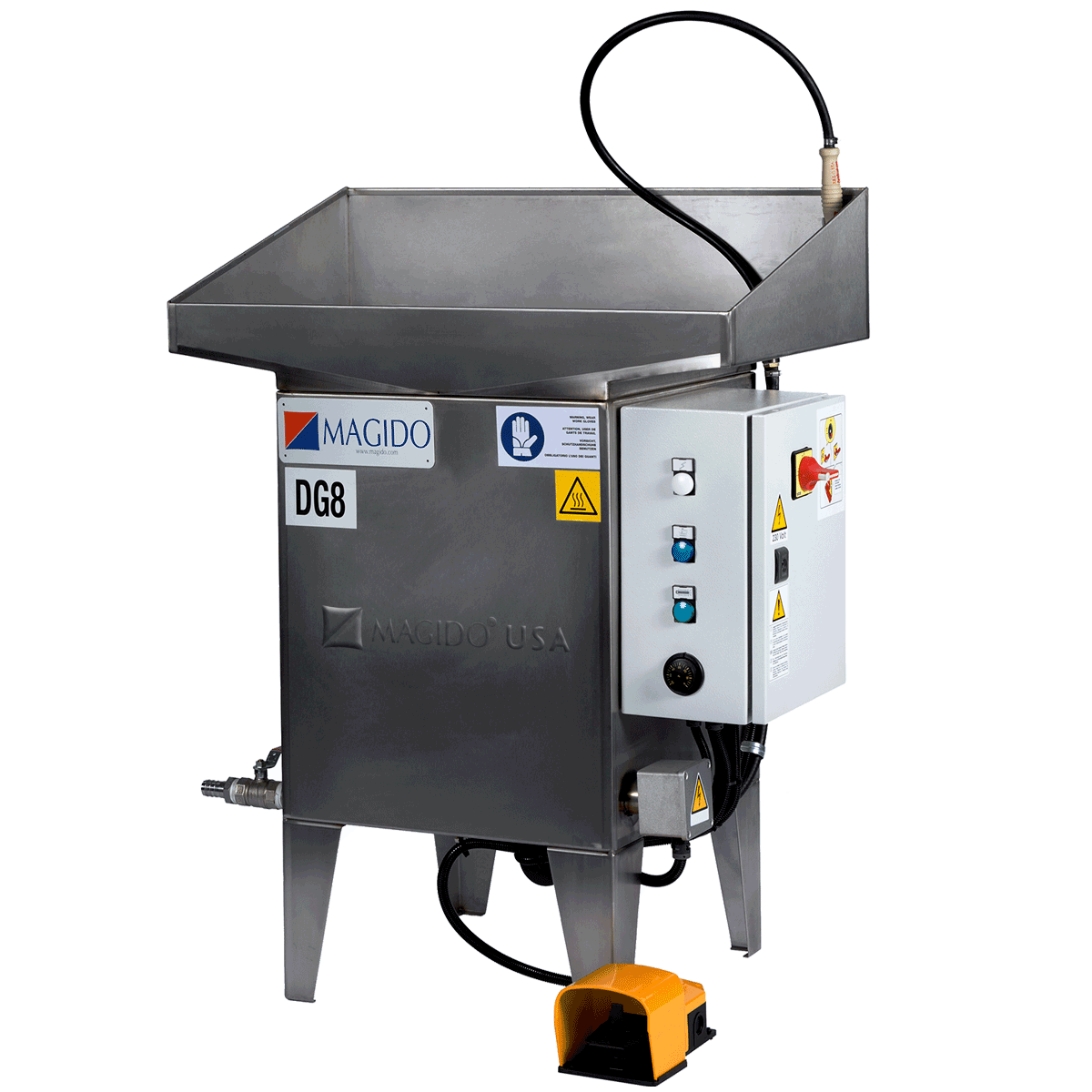
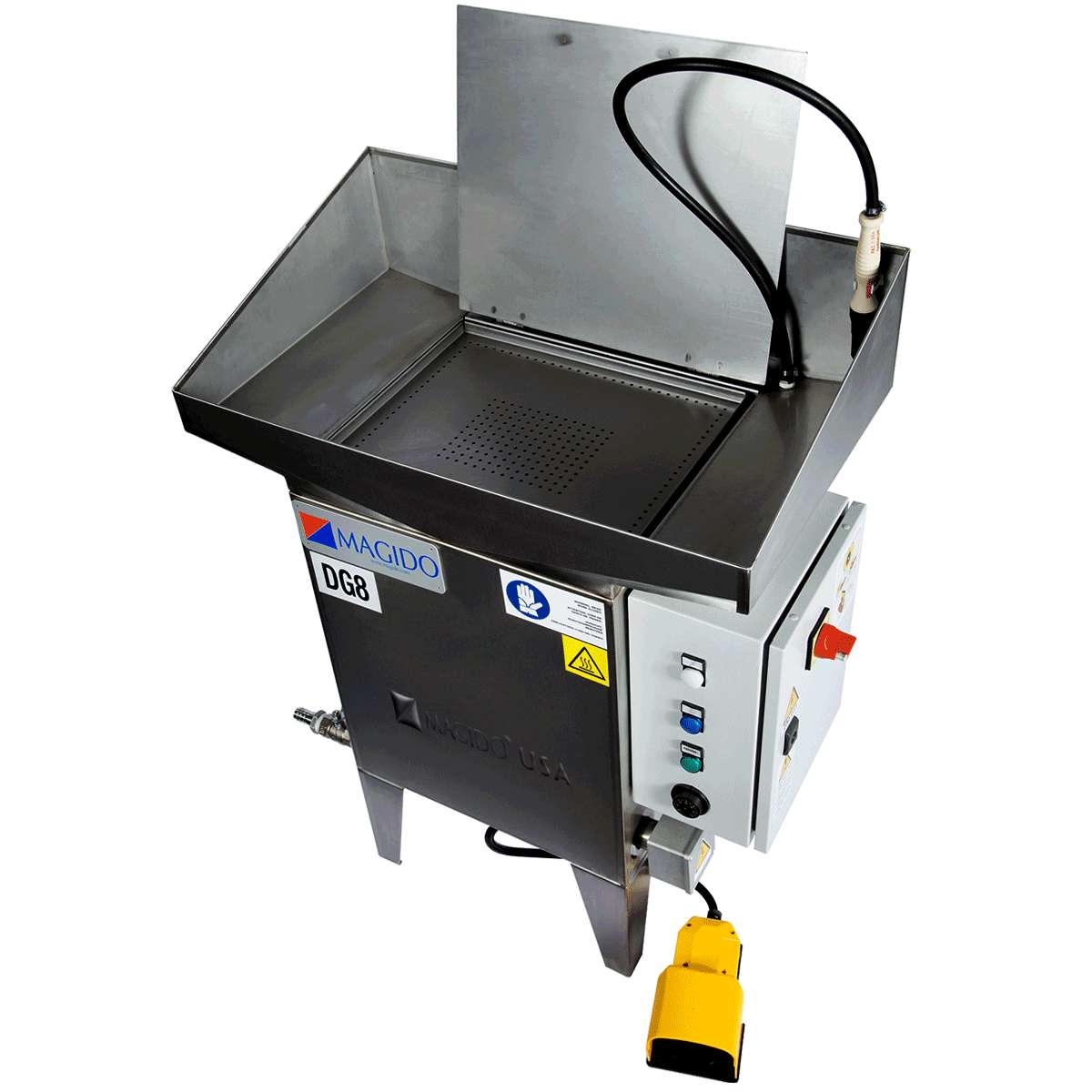
An “In-Line Belt Conveyor Washer” is a machine that continuously cleans parts by moving them along a conveyor belt through a series of washing stages, such as pre-wash, wash, rinse, and dry, all in a single, uninterrupted flow, allowing for high-volume cleaning of parts within a production line without stopping the conveyor belt; essentially, it’s a conveyor system designed specifically to clean parts while they are being transported along the belt without needing to be manually handled or removed from the conveyor system.
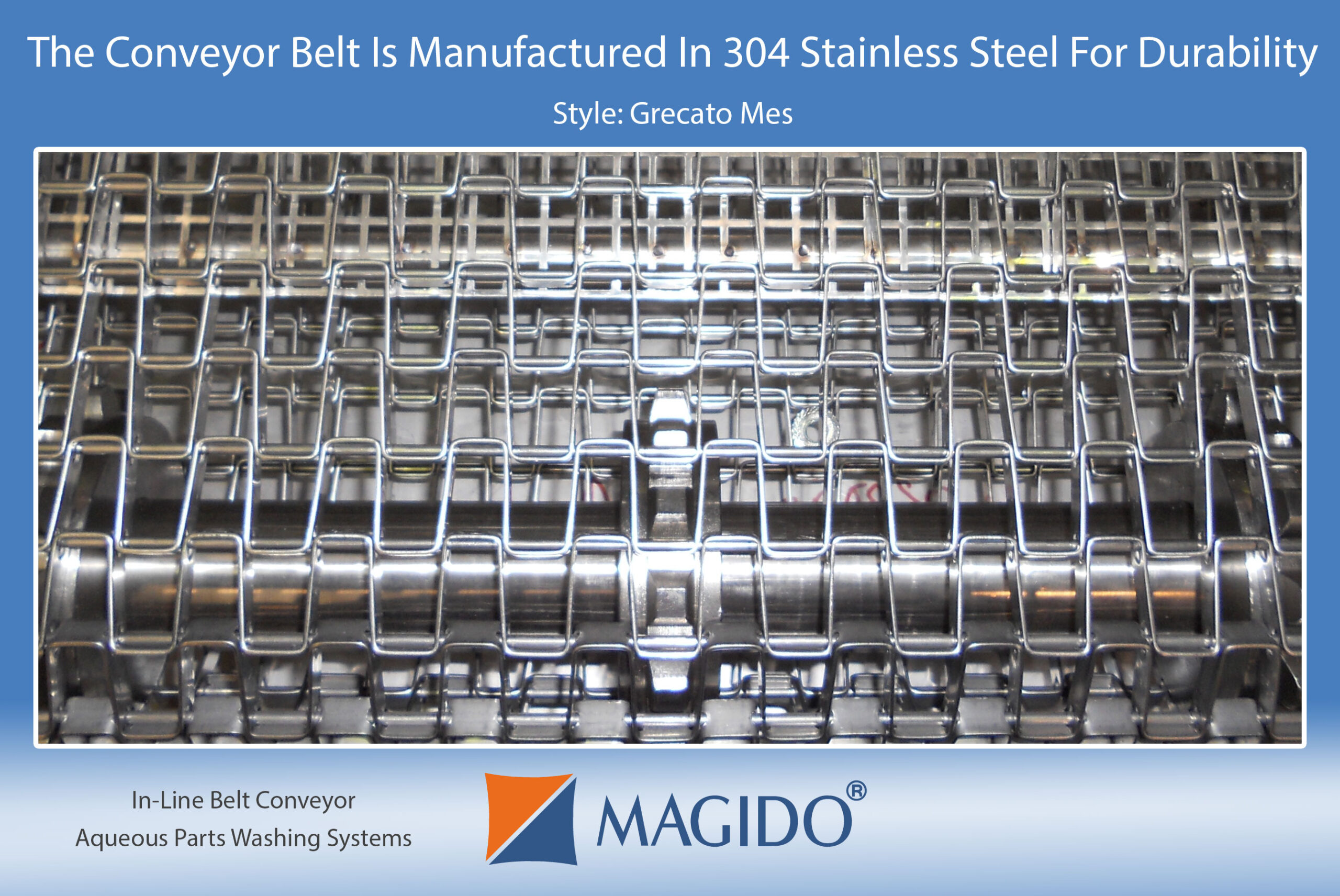
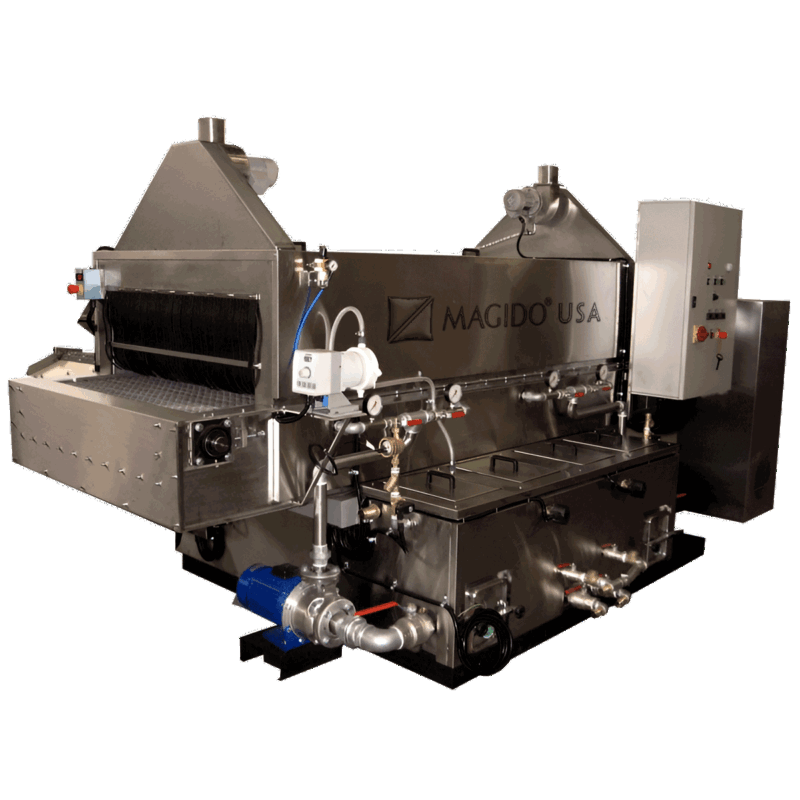
A Rotary Drum Parts Cleaning System is an automated industrial cleaning machine that uses a rotating drum to continuously clean small parts by tumbling them while spraying them with a cleaning solution, ensuring all surfaces are thoroughly exposed and cleaned effectively; it’s ideal for high-volume, continuous cleaning processes of components like fasteners, bearings, and stamped parts.
Helical drum parts washers are a valuable asset for businesses requiring efficient and thorough cleaning of parts, ensuring high production rates and maintaining the integrity of the components.
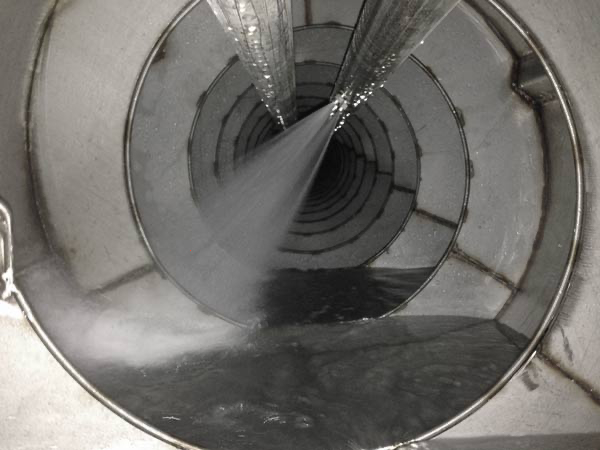

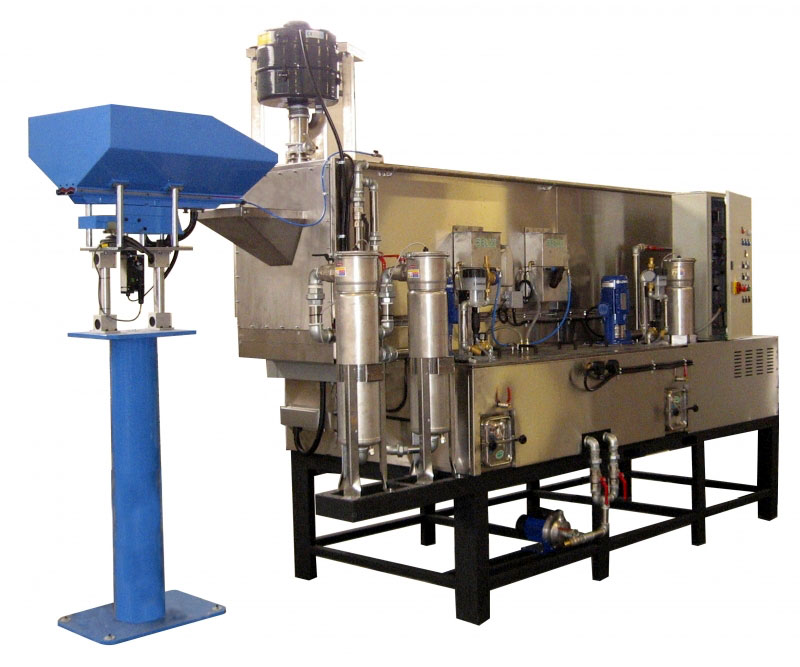
Schedule an appointment, request more information, get a quote, get answers…
